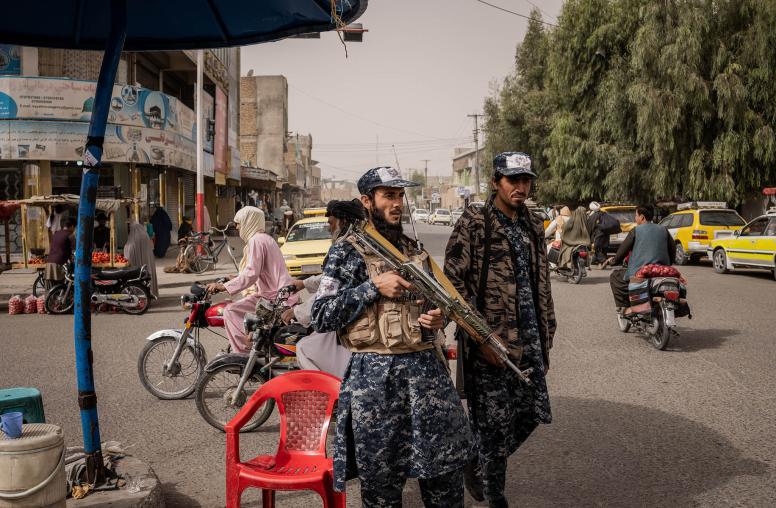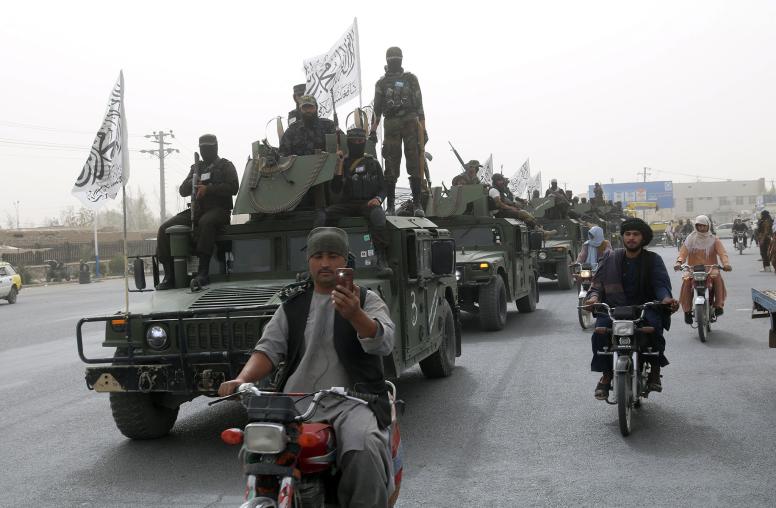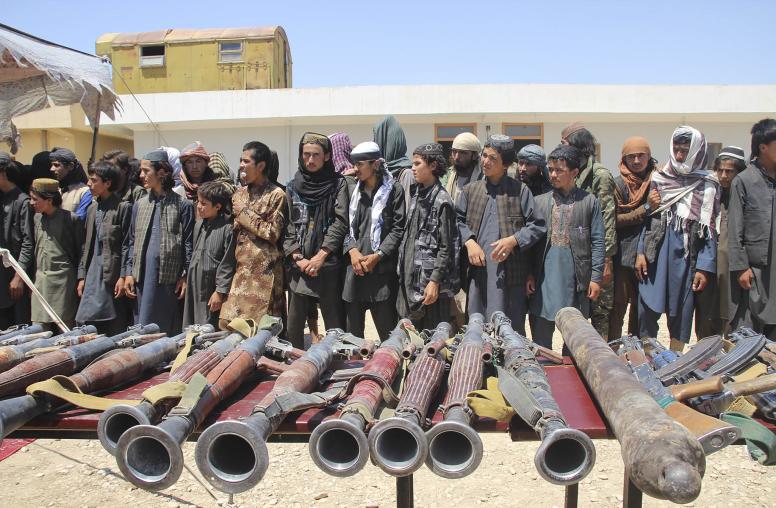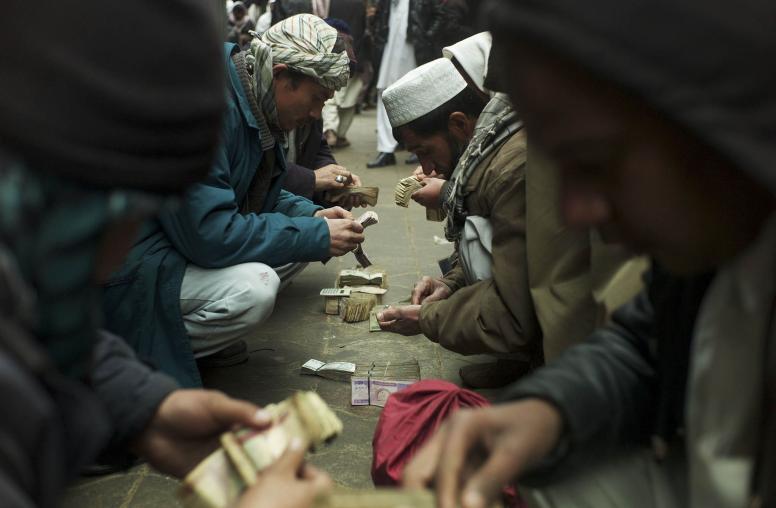Does the U.S. Strategy for Central Asia Address the Region’s Current Problems?
In February 2020, the State Department published a public version of the U.S strategy for Central Asia, which placed particular emphasis on supporting Afghanistan and democracy in the region, in addition to economic goals. Since then, Central Asia has experienced numerous unforeseen upheavals, including the COVID-19 pandemic; election unrest and regime change in Kyrgyzstan; a violent border conflict between Tajikistan and Kyrgyzstan; the U.S. withdrawal from Afghanistan and subsequent Taliban takeover; and protests over fuel prices in Kazakhstan earlier this month that quickly turned violent, leading to the first deployment of multinational forces under the Russian-led Collective Security Treaty Organization.
U.S. leverage and presence in the region has diminished significantly since the strategy was adopted. In order to achieve its strategic goals in Central Asia, U.S engagement will have to adapt to these recent upheavals — especially as Russia and China compete for influence in the region.
On January 27, USIP held a discussion of what a strategy for Central Asia could look like going forward given the significant change and uncertainty in the region. The conversation examined how the United States can contribute to greater stability and promote common interests while making progress on strategic goals.
Join the conversation on Twitter with #USIPCentralAsia.
Speakers
Lesslie Viguerie, introductory remarks
Deputy Assistant Secretary for Central Asian and Pakistan Affairs, U.S. Department of State
Gavin Helf, moderator
Senior Expert, Central Asia, U.S. Institute of Peace
Ambassador (Ret.) Richard Hoagland
Chair, Security and Politics Program, Caspian Policy Center; Former U.S Ambassador to Kazakhstan
Jennifer Murtazashvili
Associate Professor and Director, Center for Governance and Markets, University of Pittsburgh
S. Frederick Starr
Chairman, Central Asia-Caucasus Institute
Navbahor Imamova
Multimedia Journalist, Voice of America’s Uzbek Service
Donald Jensen
Director, Russia and Strategic Stability, U.S. Institute of Peace



